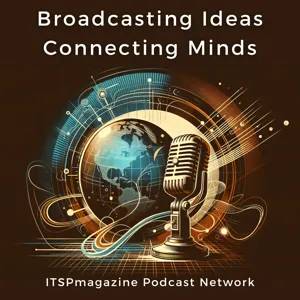In the annals of computational neuroscience and artificial intelligence, certain foundational concepts act as pivotal turning points, shaping the trajectory of the field. Among these landmarks is the McCulloch-Pitts neuron, a simplistic yet profound model that heralded the dawn of neural computation and established the foundational principles upon which complex artificial neural networks would later be built.
1. Historical Backdrop: Seeking the Logic of the Brain
In 1943, two researchers, Warren McCulloch, a neurophysiologist, and Walter Pitts, a logician, teamed up to explore a daring question: Can the operations of the human brain be represented using formal logic? Their collaboration resulted in the formulation of the McCulloch-Pitts neuron, an abstract representation of a biological neuron, cast in the language of logic and mathematics.
2. The Essence of the Model: Threshold Logic and Binary Outputs
The McCulloch-Pitts neuron is characterized by its binary nature. It receives multiple inputs, each either active or inactive, and based on these inputs, produces a binary output. The neuron "fires" (producing an output of 1) if the weighted sum of its inputs exceeds a certain threshold; otherwise, it remains quiescent (outputting 0). This simple yet powerful mechanism encapsulated the idea of threshold logic, drawing parallels to the way biological neurons might operate.
3. Universality: Computation Beyond Simple Logic
One of the most groundbreaking revelations of the McCulloch-Pitts model was its universality. The duo demonstrated that networks of such neurons could be combined to represent any logical proposition and even perform complex computations. This realization was profound, suggesting that even the intricate operations of the brain could, in theory, be distilled down to logical processes.
4. Limitations and Evolution: From Static to Adaptive Neurons
While the McCulloch-Pitts neuron was revolutionary for its time, it had its limitations. The model was static, meaning its weights and threshold were fixed and unchanging. This rigidity contrasted with the adaptive nature of real neural systems. As a result, subsequent research sought to introduce adaptability and learning into artificial neuron models, eventually leading to the development of the perceptron and other adaptable neural architectures.
5. Legacy: The McCulloch-Pitts Neuron's Enduring Impact
The significance of the McCulloch-Pitts neuron extends beyond its mathematical formulation. It represents a pioneering effort to bridge biology and computation, to seek the underlying logic of neural processes. While modern neural networks are vastly more sophisticated, they owe their conceptual genesis to this early model.
In sum, the McCulloch-Pitts neuron stands as a testament to the spirit of interdisciplinary collaboration and the quest to understand the computational essence of the brain. As we marvel at today's AI marvels, it's worth remembering and celebrating these foundational models that paved the way, serving as the bedrock upon which the edifices of modern neural computing were constructed.
Kind regards by Schneppat AI & GPT-5





